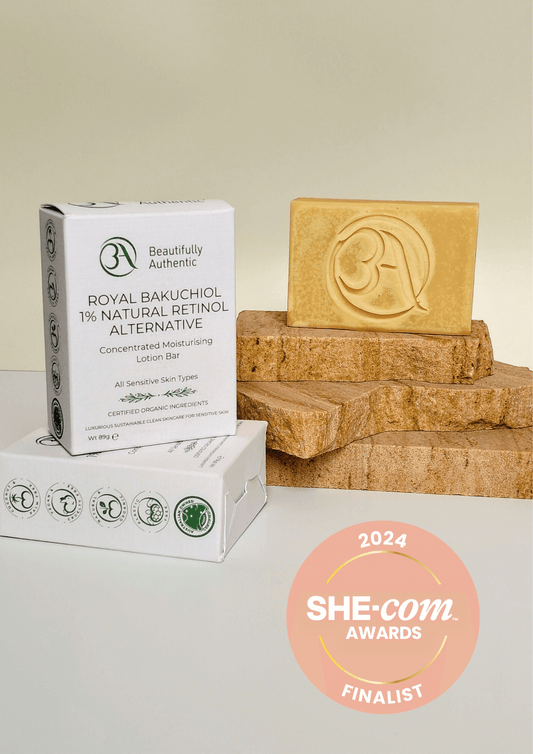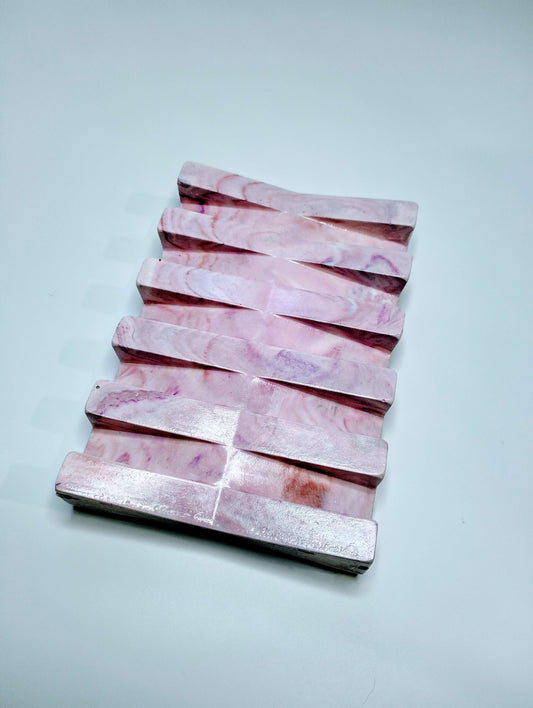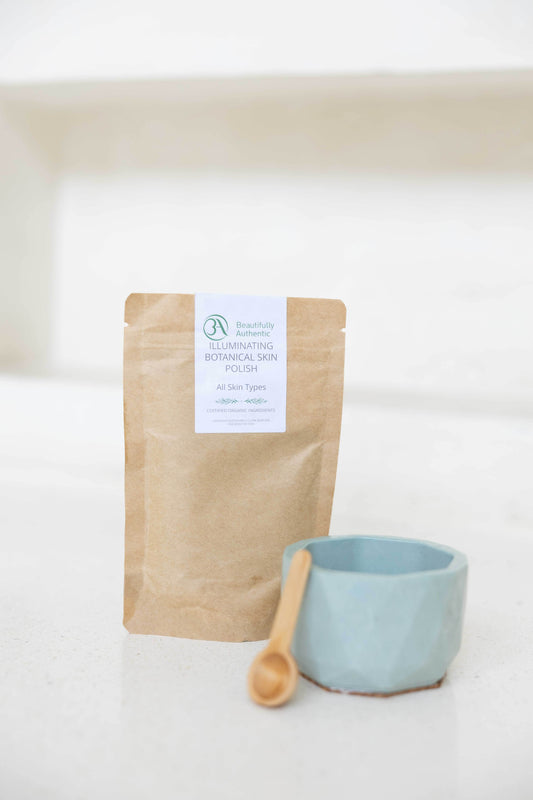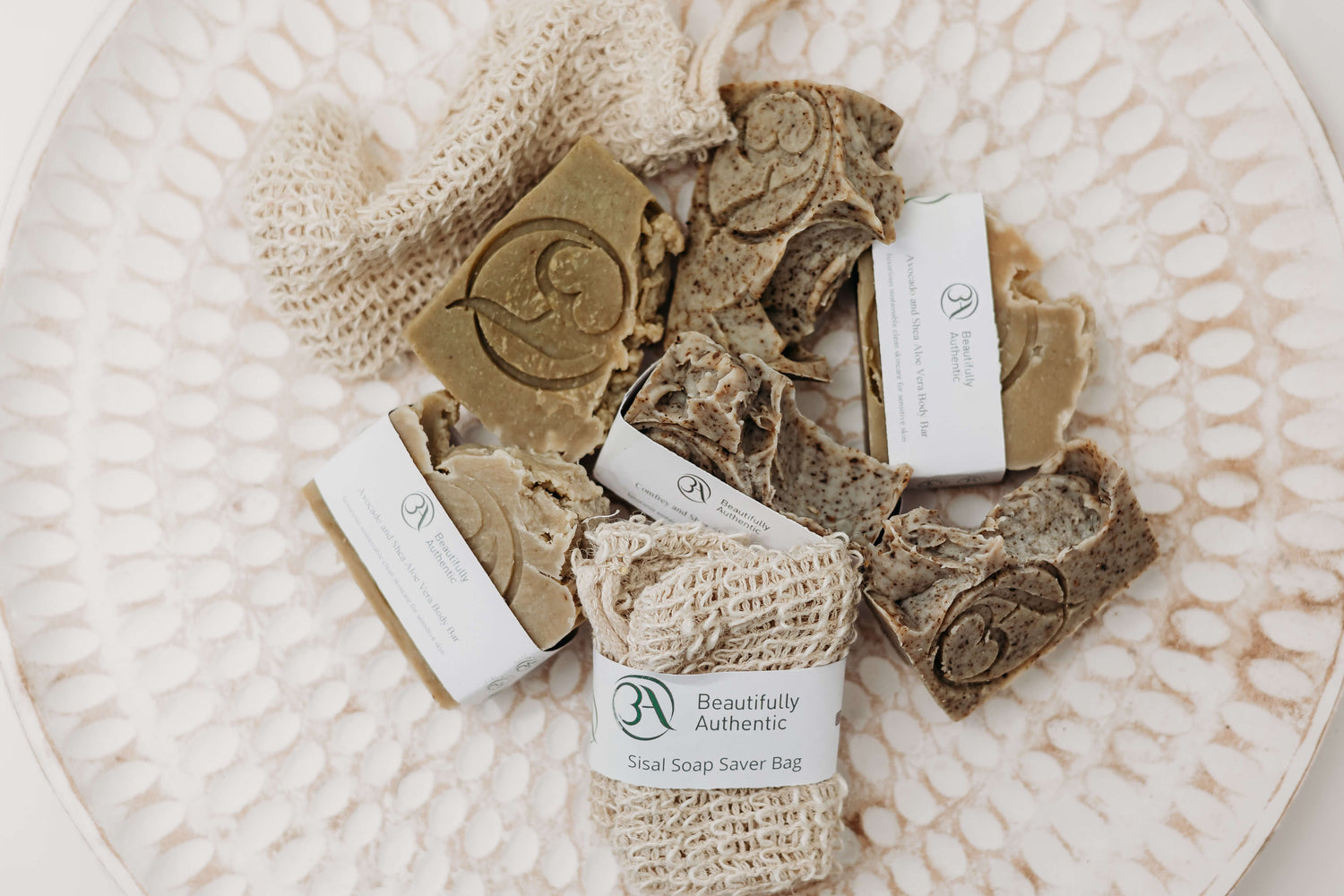
Dry Skin vs. Dehydrated Skin: How to Tell the Difference and Care for Each Type
When it comes to skincare, terms like "dry skin" and "dehydrated skin" are often used interchangeably. However, they are two distinct conditions with different causes and care requirements. Understanding the difference can help you choose the right skincare routine to restore balance and maintain healthy, radiant skin.
Dry Skin: A Lack of Natural Oils
Dry skin results from an impaired skin barrier that struggles to retain natural oils. This can be due to genetics, environmental factors, or harsh skincare products. If you have dry skin, you may notice:
-
Tight, rough, and flaky texture
-
Itchiness and redness
-
Increased appearance of fine lines and wrinkles
How to Care for Dry Skin
The key to managing dry skin is replenishing the skin’s natural oils with rich, nourishing ingredients. Opt for skincare products containing:
-
Shea Butter, Cacao Butter, and Mango Butter – deeply moisturizing and rich in essential fatty acids
-
Almond Oil and Avocado Oil – help restore the lipid barrier
-
Tamanu and Hemp Seed Oil – support skin repair and soothe irritation
Additionally, avoid hot showers and harsh, sulphate-based cleansers, which can strip the skin’s protective barrier and worsen dryness.
Dehydrated Skin: A Lack of Water
Dehydrated skin is a temporary condition caused by insufficient water levels in the skin, often due to lifestyle, diet, or environmental factors. Symptoms include:
-
Dull, tired-looking skin
-
Tightness and discomfort
-
Fine lines, particularly around the eyes and mouth
How to Care for Dehydrated Skin
Unlike dry skin, dehydrated skin needs water, not oil. Focus on hydration by:
-
Drinking plenty of water and eating water-rich foods like cucumber, watermelon, and leafy greens
-
Using hydrating ingredients such as Aloe Vera, Glycerin, and Hyaluronic Acid to lock in moisture
-
Protecting the skin with a gentle, barrier-repairing moisturizer to prevent further water loss
Beautifully Authentic’s Approach to Skin Barrier Health
At Beautifully Authentic, we focus on nourishing and repairing the skin barrier to maintain healthy moisture levels and balanced oil production. Our plant-based formulations are designed specifically for sensitive skin, free from toxins, coconut oil, and synthetic irritants.
For dehydrated skin, we also have DIY hydration tips and recipes, but we’re actively working on a sustainable, plastic-free solution to offer a hydration boost in our product range. Stay tuned!
Cheers to healthy, balanced skin!
















